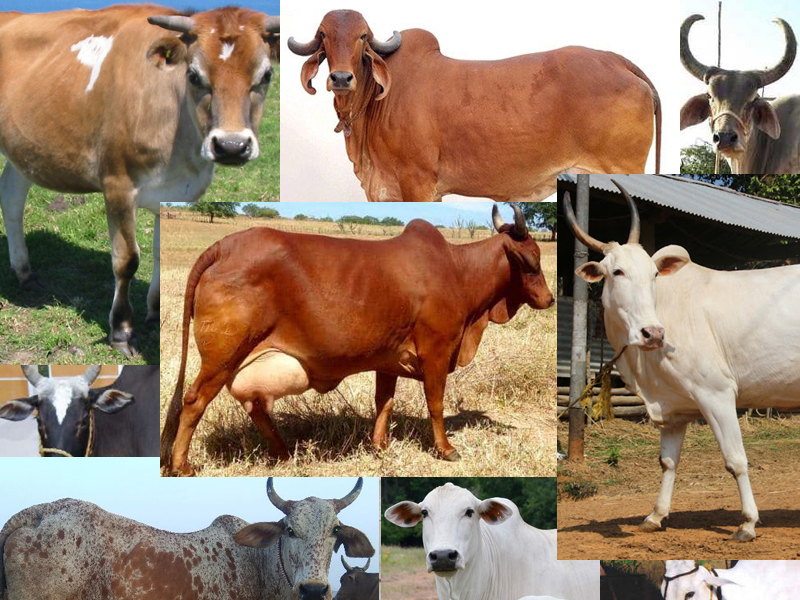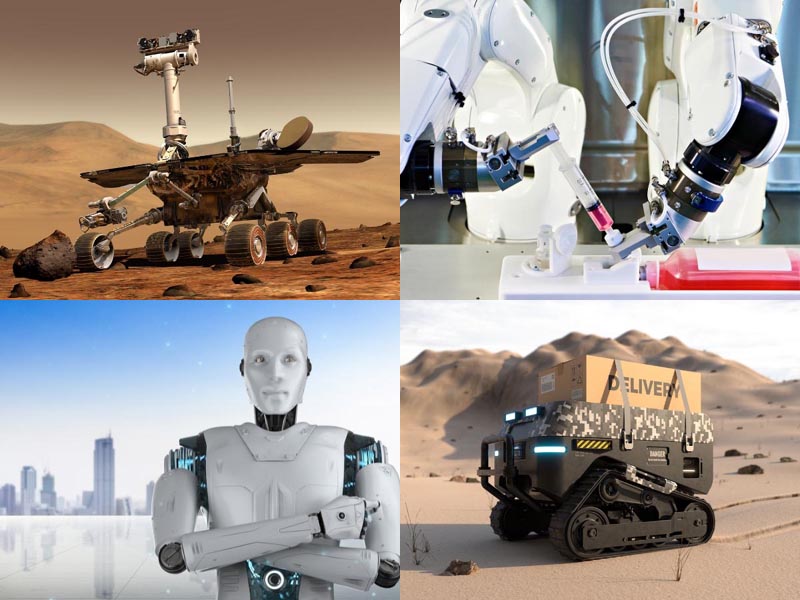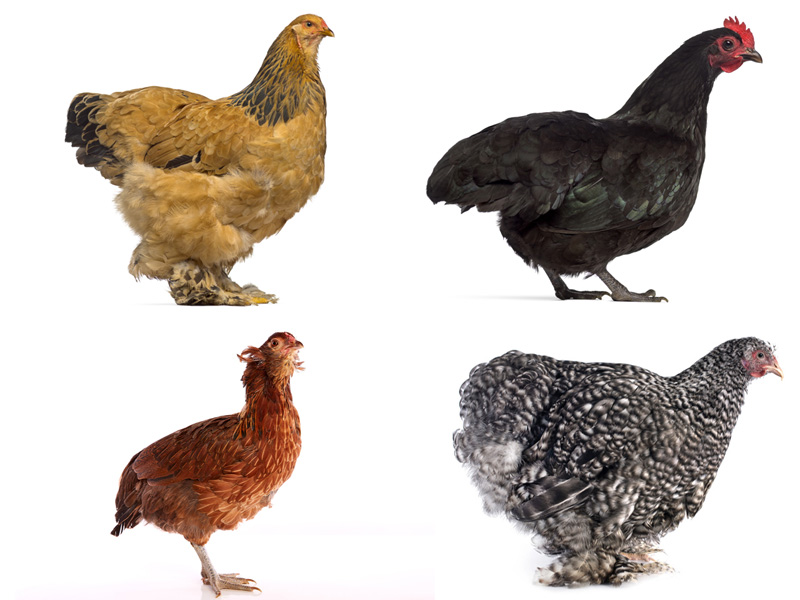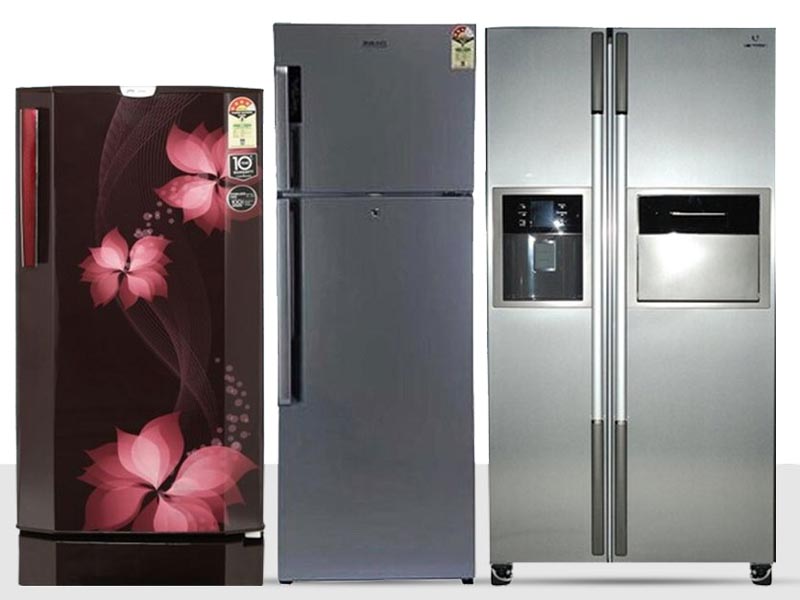Power generation makes electricity using different kinds of technology, like steam boilers and wind turbines. Electricity doesn’t come from nature, so it has to be “made.” At a power station, electricity production is usually done by electro mechanical generators. These power plant generators are mostly powered by heat engines that run on combustion or nuclear fission.
What are the Several Types of Power Generation Methods?
Know everything about the world’s various types of electricity sources in 2023.
1. Nuclear Power Stations:
Using uranium as fuel and a nuclear fission reaction to make electricity, nuclear power stations can make a lot of energy. Water is turned into steam at a nuclear power station using the nuclear reactor’s heat, and the turbines are then linked to a power generator pressured by steam. Most people think atomic power stations are better for the environment because they use less carbon than other energy sources. Nuclear power generation plants are also considered more reliable than renewable energy sources like solar and wind.
Even though it takes a lot of money to get a nuclear power plant generator up, it doesn’t cost too much to keep it running. As a result, approximately 10% of the world’s energy demands are met by nuclear power. For example, the Kashiwazaki-Kariwa power station in Japan is a giant nuclear power generation plant producing 7,965MW of electricity.
2. Hydroelectric Power Stations:
The force of gravity from moving water is used to make electricity at a Hydroelectric power station. In detail, water’s potential energy is converted into electrical energy. The armature which is attached to a power generator rotates when water is forced to fall from a height onto a turbine. Hydroelectric power generators release fewer greenhouse gases than power stations that use fossil fuels. But building hydroelectric power generation plants and dams takes a lot of money.
According to the 2017 Report, about 31.5 gigawatts (GW) of hydro power capacity was used in 2016. This brings the total installed capacity around the world to 1,246 GW. China was responsible for almost a third of the world’s hydro power capacity and added 11.74 GW in 2016.
3. Coal-fired Power Stations:
The World Coal Association says that about 37% of the world’s electricity came from coal-fired power stations in 2018. China has the largest fleet of coal-fired power generation plants in the world. They use steam coal power generation to make electricity, and as a result, they release a lot of dangerous gases into the air. Coal is the primary fuel to boil the water needed to create the steam turbine’s super heated steam. The alternator rotor responsible for producing electricity is physically connected to the steam turbine.
Many developed countries have already said they want to eliminate coal-fired power stations. This is to cut down on greenhouse gas emissions. For example, Canada wants to get rid of its coal power generation plants by the next decade, while the UK has set a deadline of 2025, and Germany wants to get rid of them by 2038.
4. Diesel Power Stations:
These types of power stations are used to make small amounts of electricity. It runs on diesel. They are put in places where there aren’t many other ways to get power, and they are primarily used as a backup to keep the power generation going when there is a blackout.
Diesel power production plants only need a small space to be built, and they use heat more efficiently than coal-fired power stations. However, due to high maintenance costs and diesel prices, electricity generation plants have become less popular than steam and hydro plants.
5. Geothermal Power Stations:
There are three main types of geothermal electricity production plants: binary cycle power stations, Flash Steam power stations, and dry steam power stations. All these types of power plants use steam turbines to make electricity. Geothermal power plant generators draw fluids from underground reservoirs to the surface to produce steam. This steam then drives turbines that are responsible for producing electricity.
Over the past decade, the amount of geothermal energy installed worldwide has slowly grown, from just under 10 GW in 2010 to almost 14 GW in 2019. Geothermal power stations are thought to be better for the environment because they put out less pollution than coal-fired power generation plants.
6. Gas Power Stations:
Gas-fired power stations make electricity by burning natural gas, becoming a more popular electricity source worldwide. A study by the Union of Concerned Scientists found that even though natural gas is a fossil fuel, the emissions it makes when burned are much lower compared to coal or oil. As per several reports, gas-fired power generation grew by 3% in 2019, bringing its share of global power generation to 23%.
A combined-cycle power generation plant is another type of plant that runs on gas. They make more electricity from a single fuel source than traditional power stations because they use gas and steam turbines. However, they use the heat from the gas turbine to produce more electricity and have been found to put out only small amounts of harmful gases.
7. Solar Power Stations:
Solar, power generation plants are one of the cleanest energy sources and use the sun for producing electricity. Most of the time, they don’t need much maintenance and last between 20 and 25 years. reports say that between 2018 and 2050, the world’s solar power capacity will grow by 9% yearly, going from 480 GW to more than 8,000 GW.
But financing solar power generation plants costs a lot at first, and the installation takes up a lot of space. Solar thermal is another similar technology. It is a system of big mirrors set up to focus the sun’s rays on a small area to make a lot of heat, producing electricity. This heat turns water into steam, which turns a turbine responsible for power generation.
8. Wind Power Stations:
The number of windmill generators worldwide has been overgrown in the past few years, thanks to technological improvements. According to a report, the amount of wind power generators installed on land and sea has grown by almost 75 in the last 20 years, going from producing electricity up to 7.5 GW in 1997 to 564 GW in 2018. After the wind turbines are built, there aren’t many costs to keep them running, so wind power stations are usually thought to be cost-effective.
Wind farms can also be built on land used for farming, preventing the farmers from doing their work. But the cost of maintaining wind turbines can vary since some need to be checked often, and wind power generation projects usually need a lot of money to start.
9. Tidal Power Stations:
Tidal energy is made by turning the force of the tides into an electricity source. Tidal power generation is thought to be more reliable than wind and solar energy. But tidal power stations still need to be widely used, even though the first large-scale power generation plant of its kind went online in 1966.
A tidal power plant generator uses a big dam known as barrage. Water can flow over the top or through power generation turbines in the dam y the help of a barrage. Turbines within the barrage the tide’s power the same way a river dam harnesses a river’s power. With high tide, the barrage gates are automatically shut, creating a massive tidal lagoon. The turbine then release the water producing electricity at a rate that engineers can control.
10. Biomass Power Stations:
A renewable and sustainable electricity source for producing electricity or other types of power, biomass generation is a fuel made from organic materials. This type of bio energy exists. Using bio-based feed stocks can help rural organizations become profitable by saving money from their waste streams in addition to helping the environment by displacing fossil fuels and sequestering carbon.
In biomass generation, biogas or waste is fired to generate steam to power the turbine turning it into an electricity source. Fortunately, latest technologies have developed to the point that emissions from burning biomass power stations are lower than those created using fossil fuels. Contemporary technologies like these include pollution controls and combustion engineering (coal, natural gas, oil).
There is no doubt that without these power stations running 365 days a year, the world would be a big dark black hole. However, with technology innovating rapidly, we will witness more economical and environment-friendly power generation technologies shortly. This article helped you gain insights regarding all the types of power generation systems and practices and some of the biggest power stations in the world. Also, the information provided above has been recorded from various sources on the internet. Therefore, the data is accurate to the knowledge of the author of this article and has not been altered in any way.



















































































































































































